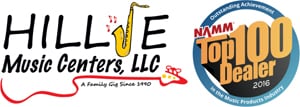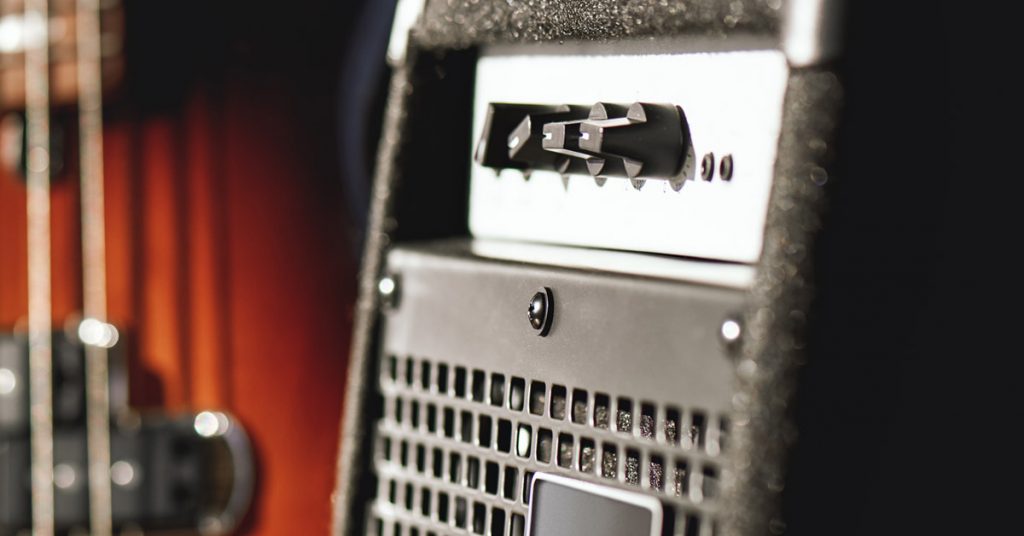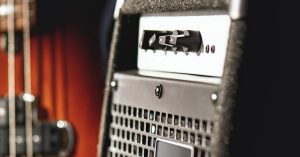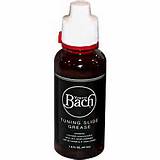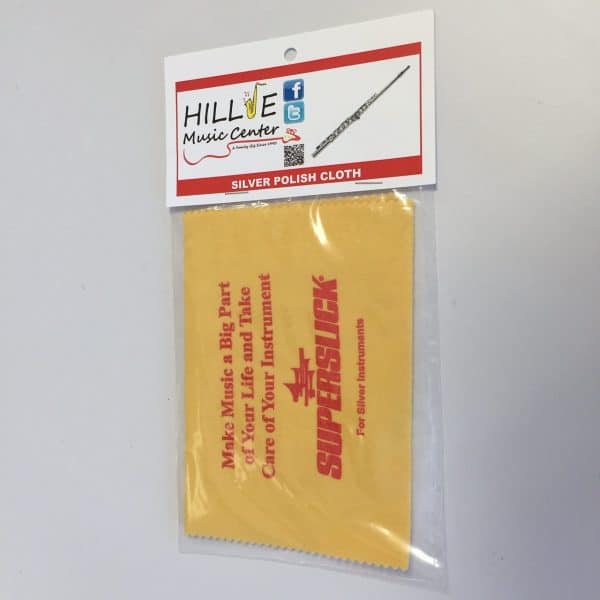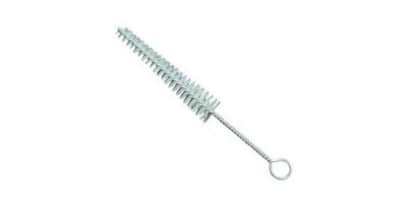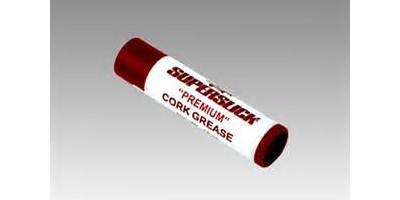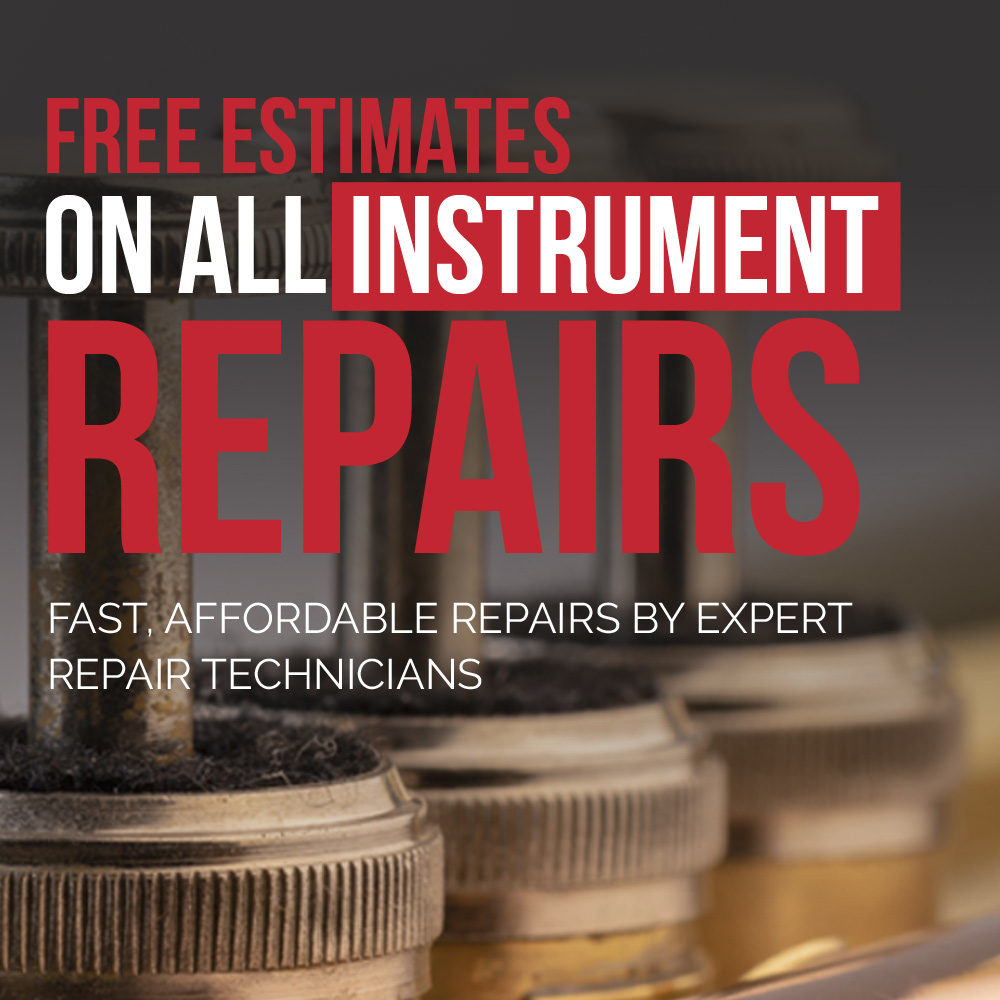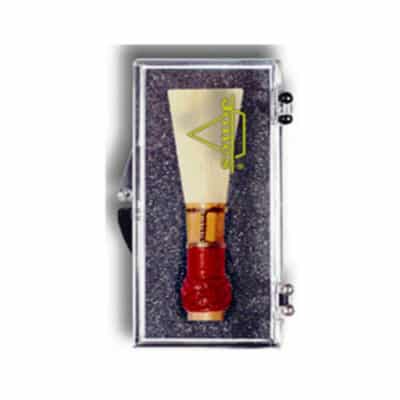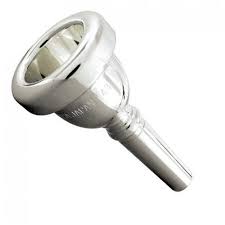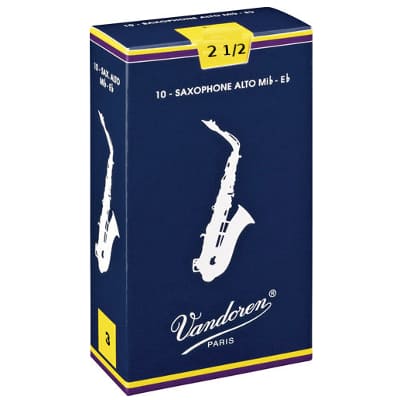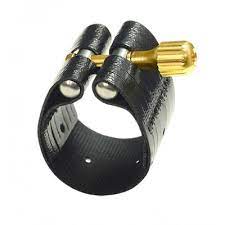When shopping for amplifiers, it is a good idea to start by defining your needs.
- Why do you need a new amplifier?
- Do you play acoustic/electric, electric guitar, or electric bass?
- Do you need inputs for guitar only, or guitar and a microphone?
- Do you need both clean and “dirty” channels?
- What about an effects loop, AUX input, or Bluetooth connectivity? Amplifiers also offer USB out for recording, and battery power for mobility.
Obviously, we all need a new amplifier and visualizing our new gear often helps find the right piece. It is all about sound and the amplifier makes it easier to hear your instrument when you are practicing or performing.
Speaking of your instrument, you SHOULD bring your main guitar with you when you try out amplifiers. You know the sound of your guitar. You will get a better evaluation of the amplifier using your own instrument rather than plugging in a random guitar at the store. Bring your axe with you when trying out amplifiers and play stuff you know so you can evaluate the sound of different amplifiers. When you find the amp you like, you will know.
Technology matters too, and amplifier technology has advanced drastically since the early days of vintage rock n roll. Back in the day, tube amps provided the best tone and are still considered the best by traditionalists. You cannot replicate a tube amp, but you can get pretty close with modern solid state and digital amplifiers at a significant price point advantage.
Sound matters. If distortion is important to you (duh), you need to check the power of your new amp. Amplifiers generate distortion from three sources; the power amp, the preamp (gain), and the speakers. The root is the power amp and you can check it by turning the master volume up high with the gain turned low. The sound of a strong power amp should be crisp and distinct.
Check distortion by upping the gain settings. If you can play with dynamics at the distortion level you like, the amp is working for you. If everything sounds the same at this setting and you get no loud/soft dynamics, you might want to keep looking.
The last piece of hardware to evaluate is the speaker. In the old days, a heavy magnet meant a quality speaker. Modern technology allows for amazing speaker sound with lighter weight. Test your new amp using the volume settings at which you usually play. The sound of the right speaker should be lively, defined and responsive to the way you play. Don’t forget the size of the cabinet. When you get close to the sound you are after, try to find a similar amplifier configuration with a different size speaker. Compare and let your ear decide.
So far, we have only considered the volume knobs, but a lot of amplifiers have a lot of knobs. Start with a “vanilla” setting, all tone controls in the middle/neutral position. After you have an idea about volume characteristics, play with the tone knobs. If you cannot find a “sweet spot” quickly, you may be frustrated with the amplifier when you get it home.
On board effects such as reverb or chorus provide additional “bells and whistles” to your new amp, so you should know how to check these too. Built in effects are very convenient but may not provide the flexibility of an actual foot pedal set up. If you use pedals or processing gear, maybe an effects loop would be a better option on your new amplifier.
Amplifiers can also provide multiple input channels. A simple combo amp may provide inputs for your guitar and a microphone. If you choose an amplifier with more than two channels, be sure each channel includes its own tone controls. This could be the perfect solution to your needs, but it depends on how you intend to use the gear.
The look also matters. Large, double stack speaker cabinets fill up a stage, but a sleek wood cabinet on a tilted stand or a small bookcase amp might be perfect for the living room. Amplifiers are available to fill every need, and considering your specific application is a great way to simplify your quest.
Many entry level guitar packages include a small practice amplifier. Small amps (10-25w) are considered practice amps and provide convenient small size and light weight. Many have a headphone jack which is an important feature to consider. Plugging in headphones allows family, friends, and neighbors to continue their lives while you shred.
Large amps (40-200w) are considered performance amps. Will you need to move it frequently? What kind of music do you play? What instrument(s) will you use with it? Heavy gear is heavy and requires more effort to move. This gets more important after midnight.
In summary, your new amplifier may be either solid state or tube powered. Tube amps have a higher quality sound but are more fragile, so they need better care during transport. Solid state and digital amps provide high quality sound and a variety of features without breaking the bank. Solid state amps can also provide “modeling” memory presets which can emulate many different amplifier settings. Component amplifier configurations can be built using separate speaker cabinets and amplifier heads. These are the most expensive producing the highest quality sound and ease of mobility for touring and professional musicians.
Considering how you intend to use your new amp will help you make an informed decision about power, speaker size, tube vs solid state vs modeling, and portability. You have plethora of choices when shopping for a new amplifier. Consider how you will use it and don’t overspend on features you will not use. Then again, maybe new features are just what you need …?
